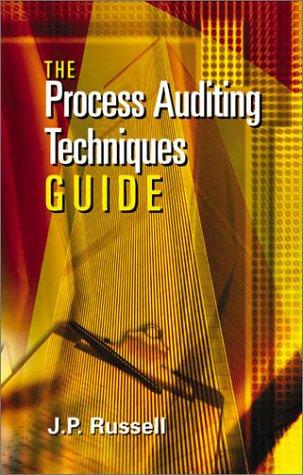1. Sales on account were $283,300. The beginning receivables balance was $93,400 and the ending balance was $77,100 2. Salarles expense for the period was $54,930. The beginning salaries payable balance was $4,270 and the ending balance was $2.440. 3. Other operating expenses for the period were $128,120. The beginning other operating expenses payable balance was $4,090 and the ending balance was $7,726. 4. Recorded $19,760 of depreciation expense. The beginning and ending balances in the Accumulated Depreciation account were $13,920 and $33,680, respectively. 5. The Equipment account had beginning and ending balances of $206,860 and $234,460, respectively. There were no sales of equipment during the period. 6. The beginning and ending balances in the Notes Payable account were $45,100 and $143,600, respectively. There were no payoffs of notes during the period. 7. There was $6,207 of interest expense reported on the income statement. The beginning and ending balances in the Interest Payable account were $1,302 and $868, respectively. 8. The beginning and ending Inventory account balances were $92,580 and $111,096, respectlvely. The company sold merchandise with a cost of $156,627 (cost of goods sold for the period was $156,627 ). The beginning and ending balances in the Accounts Payable account were $9.930 and $12,015, respectively. 9. The beginning and ending balances in the Notes Recelvable account were $4,700 and $9,600, respectively. Notes recelvable result from longterm loans made to employees. There were no collections from employees during the period. 10. The beginning and ending balances in the Common Stock account were $100.000 and $122,000, respectively. The Increase was caused by the issue of common stock for cash. 11. Land had beginning and ending balances of $48,000 and $36.274, respectively. Land that cost $11,726 was sold for $8,650, resulting in a loss of $3,076 12. The tax expense for the period was $7,400. The Taxes Payable account had a beginning balance of $880 and an ending balance of $810. 13. The Investments account had a beginning balance of $27,800 and an ending balance of $32,000, respectively. The company purchased investments for $18,200 cash during the period, and livestments that cost $14,000 were sold for $24,000, resulting in a gain of $10,000 a. Determine the amount of cash flow for each item and indicate whether the liem should appear in the operating. investing. or financing activities section of a statement of cash flows. Assume York Company uses the direct method for showing net casth flow from operating activities. (Any cosh outflow should be indicated by a minus sign. If there is no oction select "No effect")








